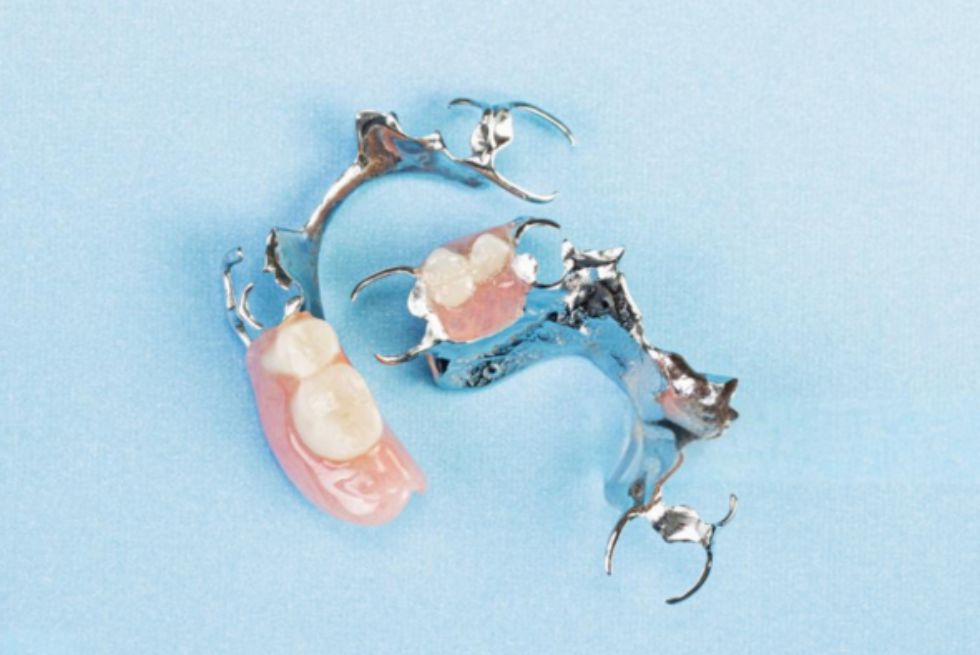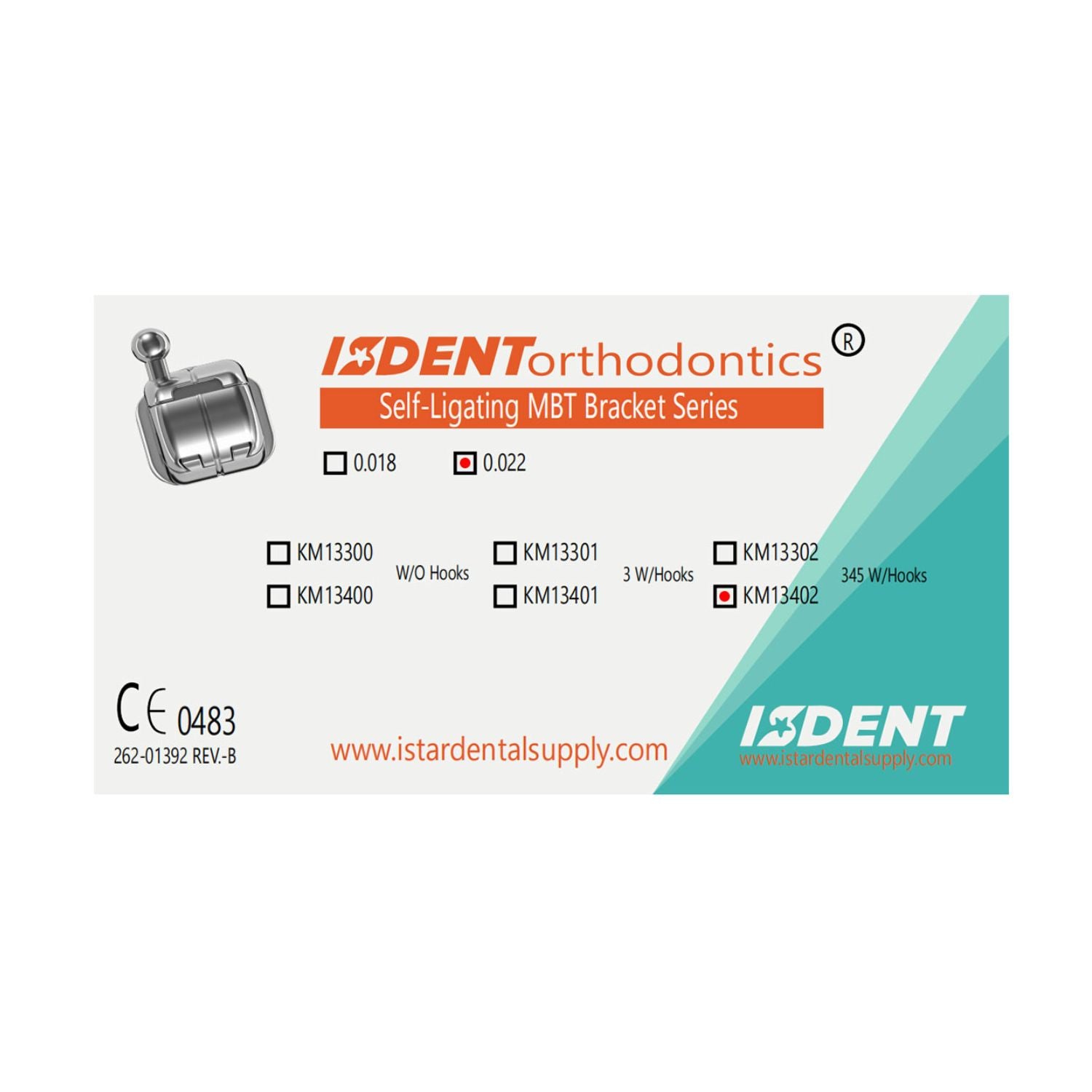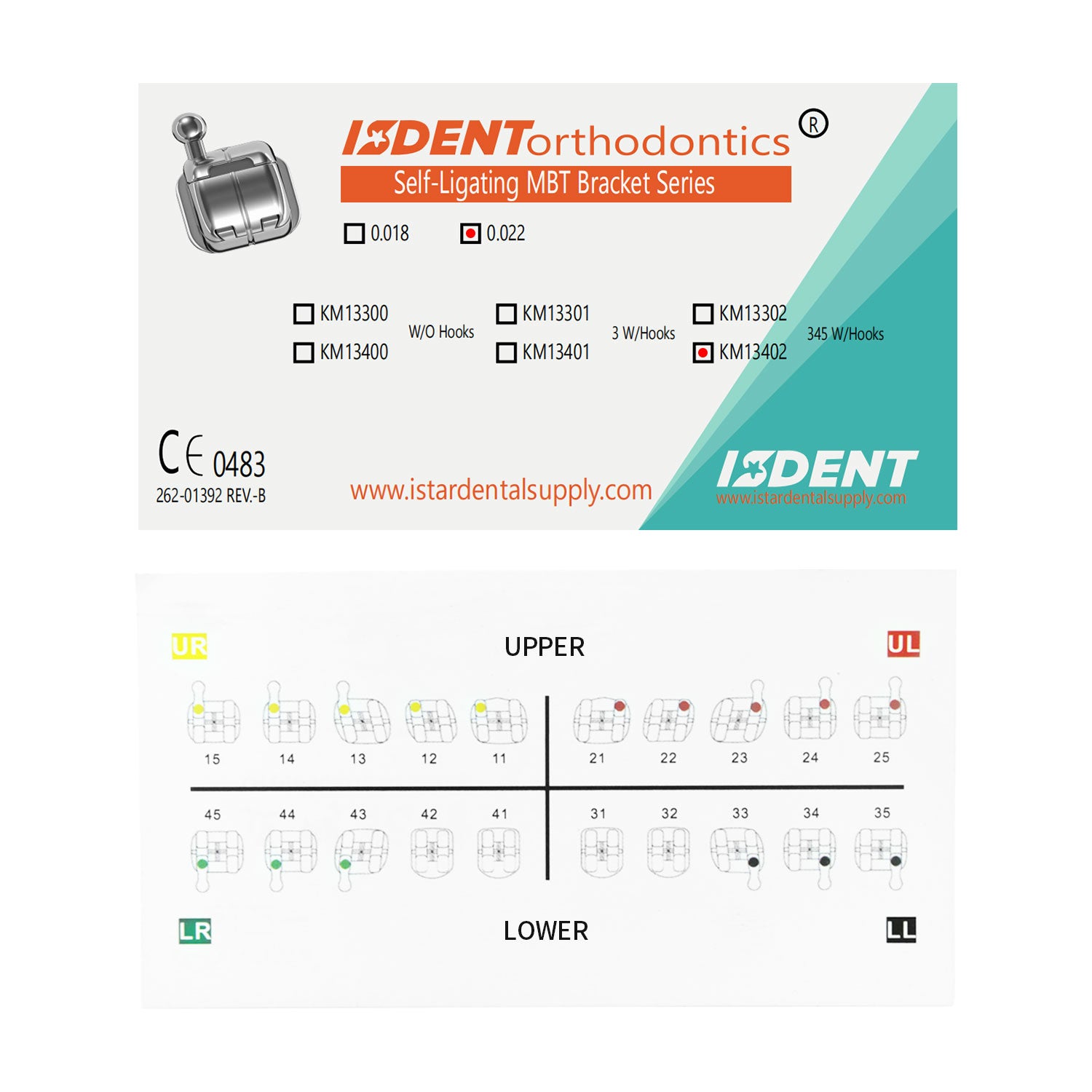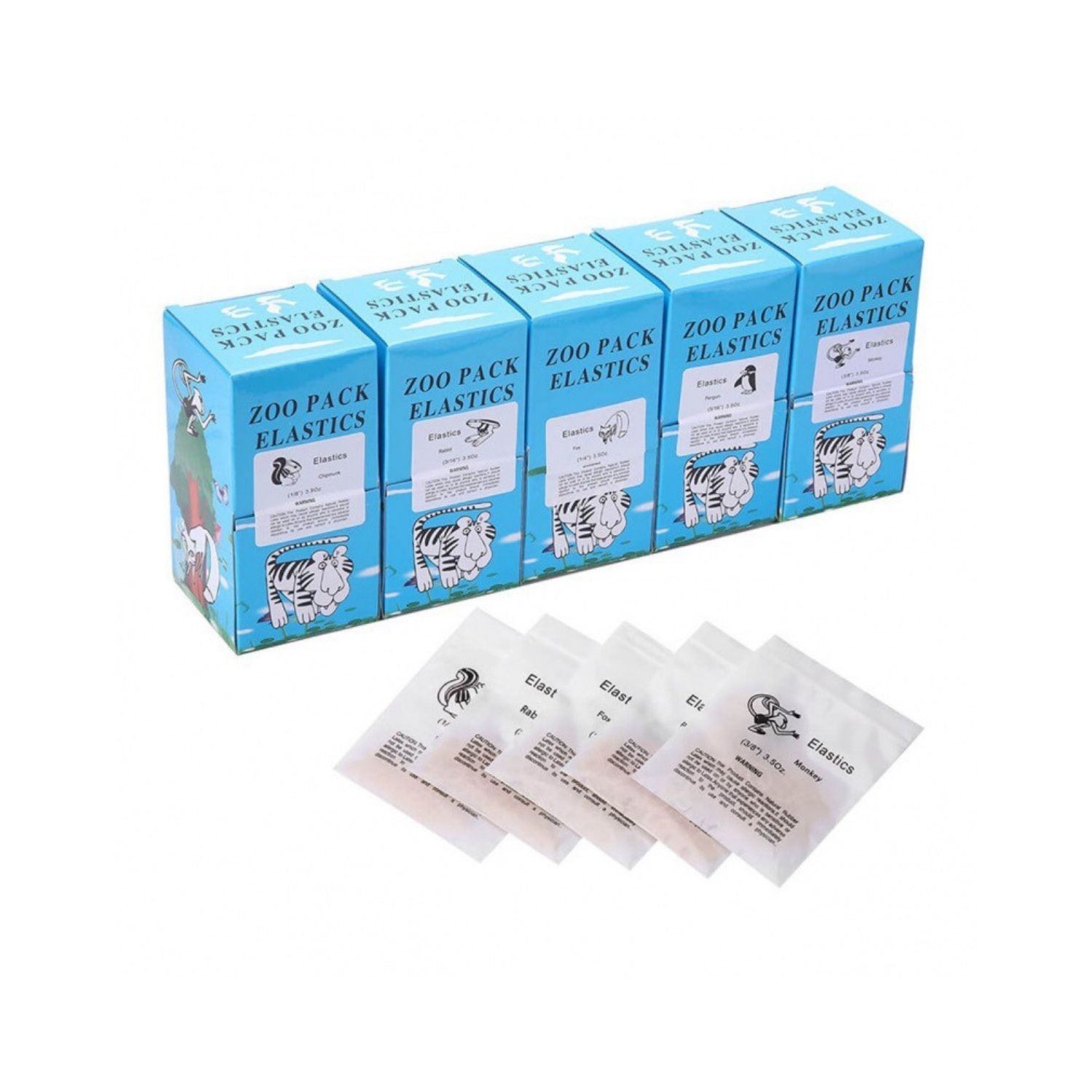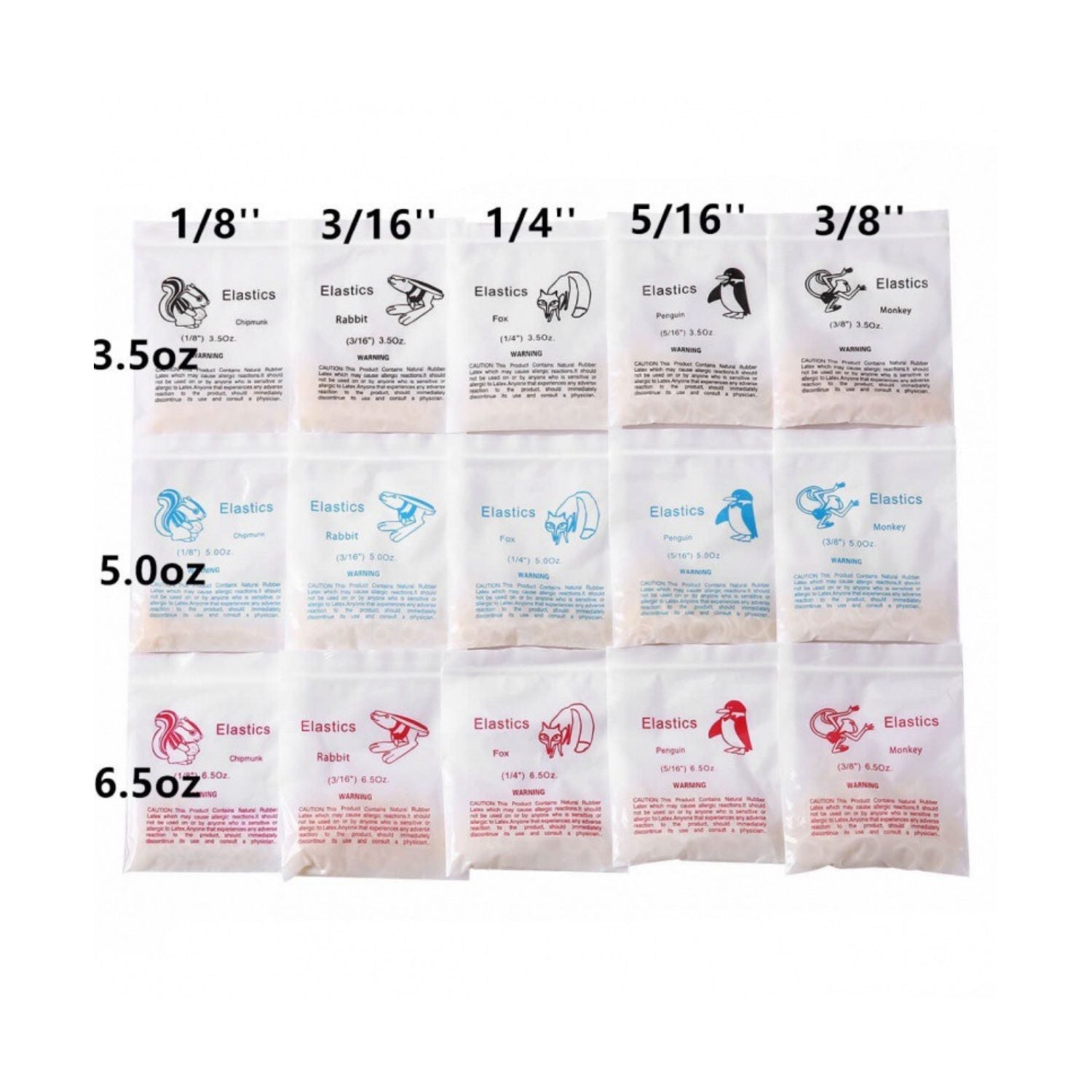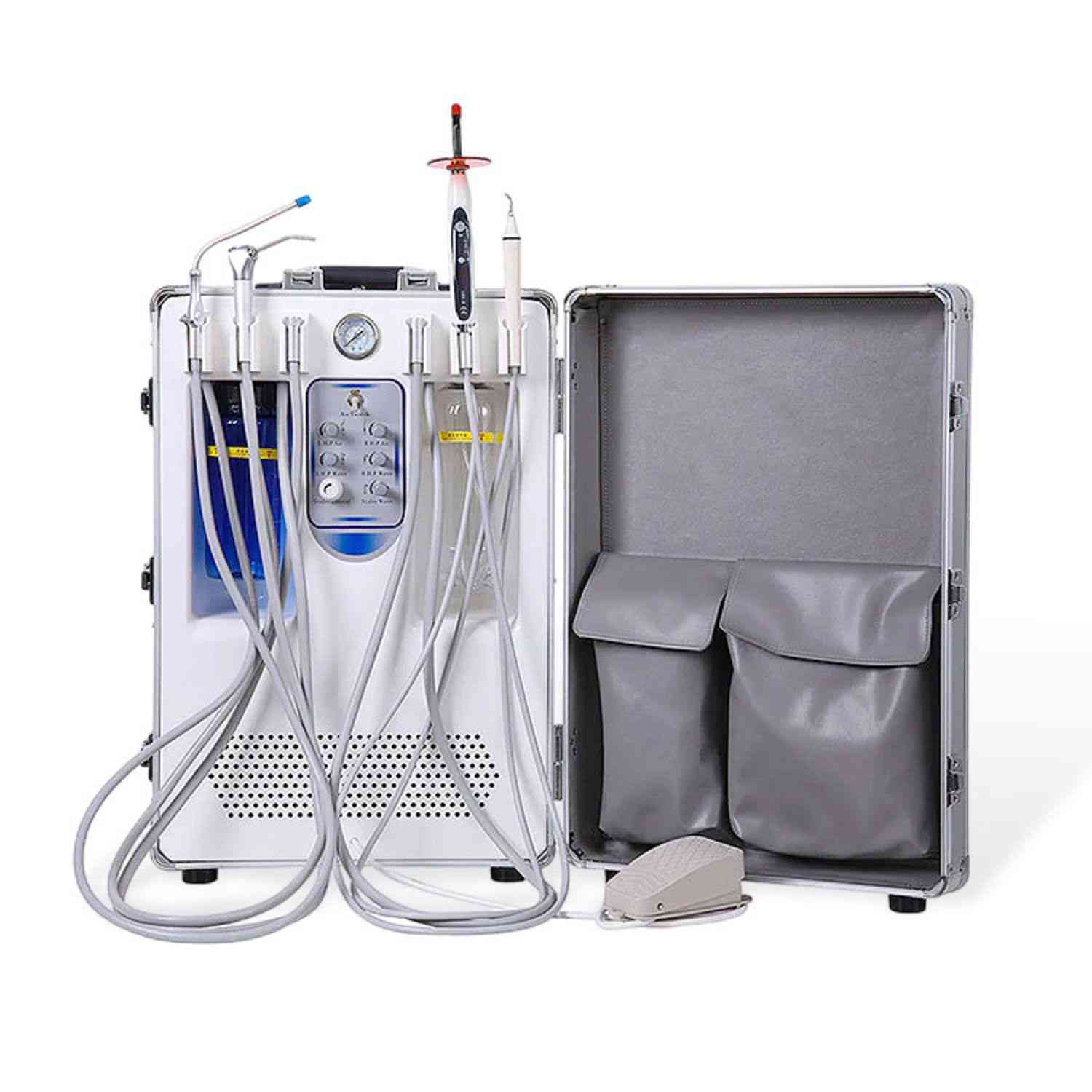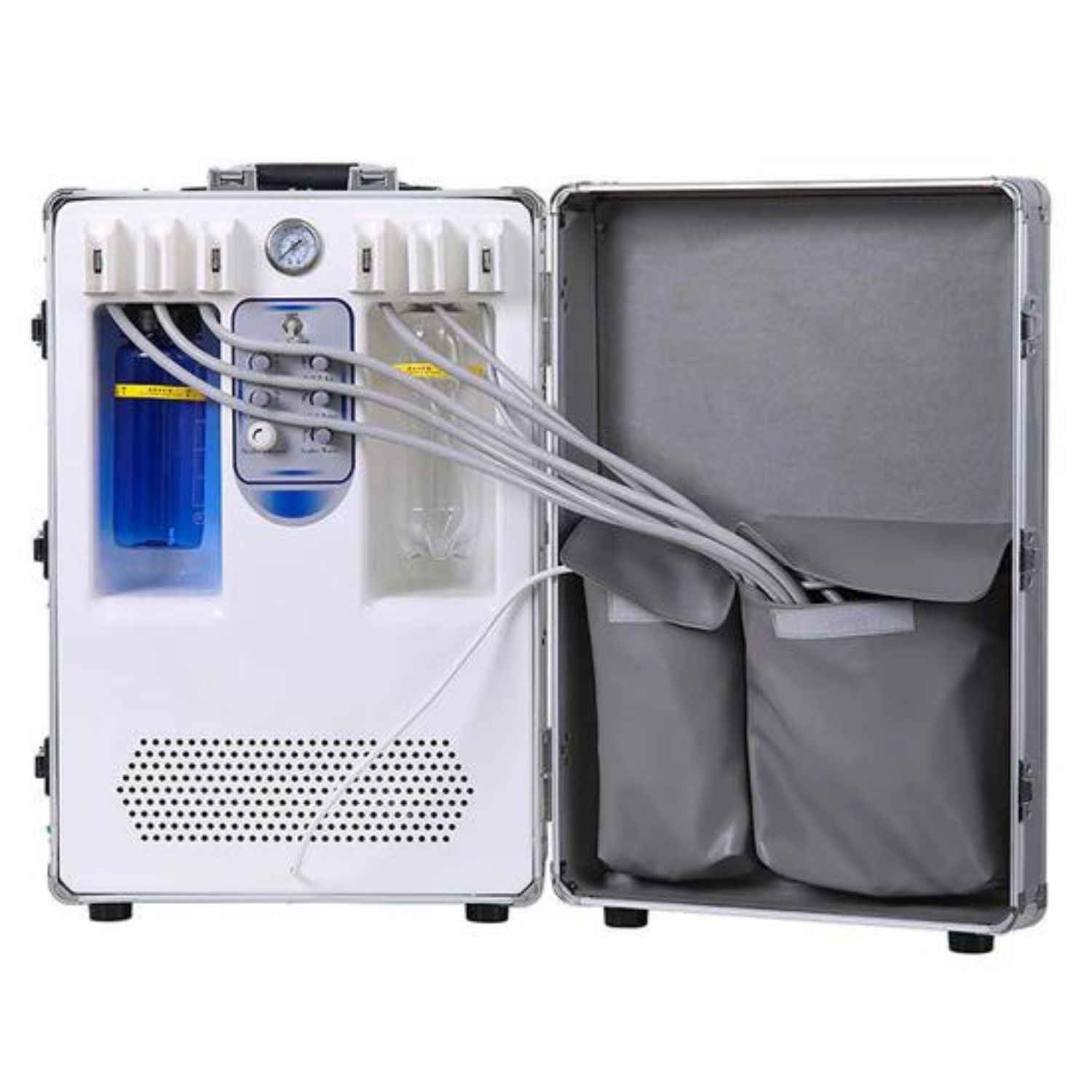Choosing the Right Partial Denture Clasp Types for Your Clinical Situation
When it comes to removable partial dentures, selecting the appropriate clasp is crucial for both function and aesthetics. Whether you're a dentist, dental technician, or a patient exploring options, understanding the different partial denture clasp types can make all the difference. This comprehensive guide will walk you through everything you need to know to make an informed decision.
What Are Partial Denture Clasps?
A partial denture clasp is a component of a removable partial denture (RPD) that helps secure the prosthesis to the remaining natural teeth. The clasp engages an undercut area on the tooth, providing retention and stability.
Key Components:
- Retentive Arm: The part that engages the undercut.
- Reciprocal Arm: Balances the force exerted by the retentive arm.
- Occlusal Rest: Prevents the denture from moving toward the gingiva.
Why Are Clasps Important in Partial Dentures?
Clasps are essential because they:
- Secure the denture, preventing dislodgement.
- Distribute Force evenly across the abutment teeth.
- Enhance Function, allowing normal chewing and speaking.
- Improve Aesthetics by minimizing visible metal.
Common Types of Partial Denture Clasps
Understanding the different partial denture clasp types is vital:
1. Circumferential Clasps
Also known as Akers clasps, these originate from the occlusal direction and encircle the tooth.
- Advantages: Easy to design and fabricate.
- Disadvantages: Visible metal may affect aesthetics.
2. Bar Clasps (I-Bar)
These approach the undercut from the gingival direction.
- Advantages: Less visible metal.
- Disadvantages: May not be suitable for all edentulous spaces.
3. Combination Clasps
Combine a wrought wire retentive arm with a cast reciprocal arm.
- Advantages: Increased flexibility and retention.
- Disadvantages: More complex to fabricate.
4. RPI System
Stands for Rest, Proximal Plate, I-Bar.
- Advantages: Minimizes stress on the abutment teeth.
- Disadvantages: Requires precise design and placement.

How to Choose the Best Partial Denture Clasp Type
Selecting the ideal clasp depends on several factors:
- Patient's Oral Condition: Missing teeth, tooth anatomy, and undercut locations.
- Aesthetic Requirements: Desire to minimize visible metal.
- Functional Needs: Level of retention and stability required.
- Material Considerations: Choice between metal and flexible materials.
The Role of Dental Labs in Clasp Design
A dental lab plays a crucial role in fabricating high-quality clasps:
- Custom Fabrication: Tailoring the clasp design to each patient's needs.
- Material Selection: Choosing between different metal alloys or flexible partial materials.
- Quality Control: Ensuring that the clasp assembly meets clinical standards.
For top-notch dental equipment and supplies, check out our Dental Equipment Collection.
Understanding Flexible Partial Denture Clasps
Flexible partial denture clasps are made from thermoplastic materials that offer:
- Enhanced Comfort: Adapt to the natural movements.
- Improved Aesthetics: Clasp blends with the gum tissue.
- Reduced Allergies: Metal-free option for sensitive patients.
Metal vs. Flexible: Which Is Better?
Choosing between metal and flexible partial clasps depends on:
- Durability Needs: Metal clasps are generally more durable.
- Aesthetic Concerns: Flexible options are less noticeable.
- Functional Requirements: Evaluate the retentive capabilities.
Clinical Considerations for Clasp Selection
Important factors in clinical decision-making include:
- Survey Line Analysis: Determines the ideal clasp arm positioning.
- Tooth Structure: Assessing the tooth surface and undercut areas.
- Gingival Health: Ensuring the gingival tissues are not compromised.
- Occlusal Forces: Understanding how force distribution affects the abutment teeth.
How Do Clasps Affect Patient Comfort?
Comfort is paramount for patient satisfaction:
- Proper Fit: A well-designed clasp should not cause irritation.
- Ease of Removal: Patients should be able to remove the denture without difficulty.
- Minimal Visibility: Reducing visible metal enhances confidence.
FAQs About Partial Denture Clasps
What is the most aesthetic type of clasp?
Flexible partial clasps and I-Bar clasps are considered more aesthetic due to minimal visible metal.
Can clasps damage my natural teeth?
When properly designed, clasps should not damage the tooth surface or abutment teeth. Regular check-ups are essential.
How often should partial dentures be adjusted?
It's recommended to visit your dentist every 6 months to ensure the removable partial denture maintains optimal function.
Are there allergy concerns with metal clasps?
Some patients may be allergic to certain metals. Flexible partial options can be a suitable alternative.
How do I clean my partial denture clasps?
Use a soft brush and non-abrasive cleaner. Avoid harsh chemicals that can damage the clasp assembly.

Summary: Key Takeaways
- Clasps are essential for the retention and stability of removable partial dentures.
- There are various partial denture clasp types, each with its own advantages.
- Dental labs play a significant role in creating custom clasp designs.
- Patient's needs and clinical factors determine the best clasp choice.
- Regular maintenance ensures longevity and comfort.
For all your dental equipment needs, visit our collections:
Enhance your dental practice with high-quality equipment from ISTAR Dental Supply. Our commitment to excellence ensures you provide the best care for your patients.
Sources:
- Clinical textbook on partial denture design.
- Patient case studies from dental clinics.
By understanding and choosing the right partial denture clasp types, dental professionals can significantly improve patient outcomes and satisfaction. Whether it's through embracing new materials like flexible partial options or refining traditional metal clasp designs, the goal remains the same: optimal function and aesthetics for every patient.

